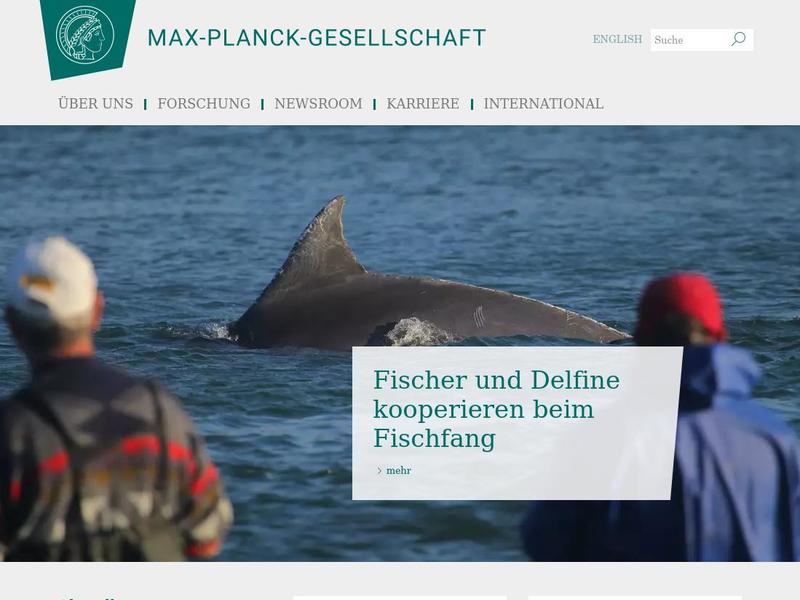Altern über Grenzen hinweg: Älter werden in einer globalisierten Welt https://www.mpg.de/14327815/mmg_jb_2019
Die Weltbevölkerung altert. Und Individuen, Familien und Gemeinschaften sind zunehmend in transnationale Netzwerke eingebettet. Was sind die Implikationen des Älterwerdens in einer vernetzten, aber ungleichen Welt?
Sozialwissenschaften Völkerrecht Im Doppelinterview diskutieren Anne Peters und Axel

